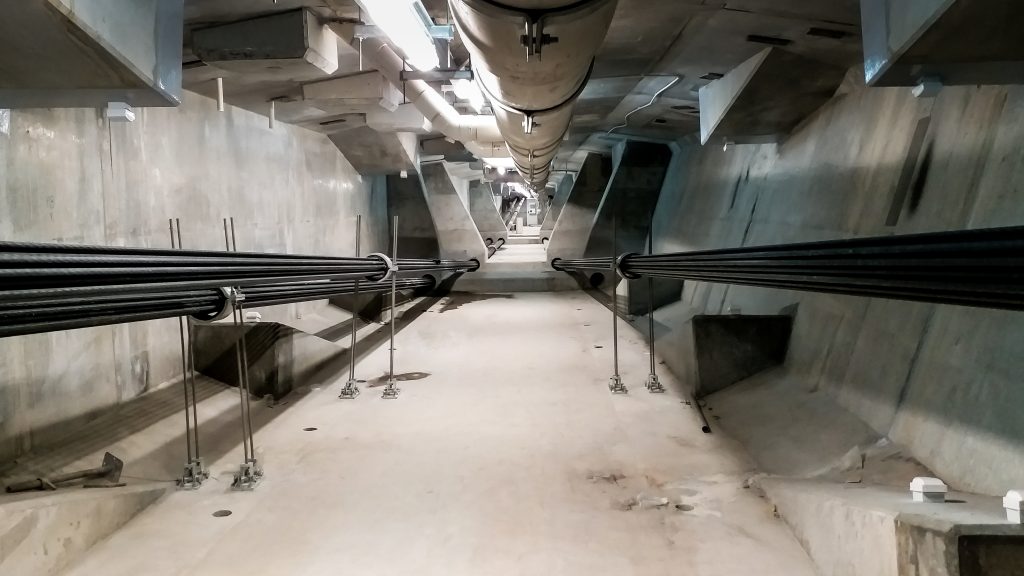🎥 Why consider maintenance operations from design stage ?🍃
👉 How do we anticipate bridge operations from the design stage?
The approach covers four aspects:
- The durability of the bridge so that your structure can last longer.
- The enablement of efficient inspections and maintenance of the structure.
- The monitoring to extend the designed life or the service life of the structure.
- The facilitation for future adaptations and change of use.

1. Durability mostly relies on the choice of the right systems. Among others, VSL offers a unique type of external multistrand post-tensioning systems that include individually protected and restressable strands, and that consider monitoring and inspections’ constraints.
Combined with the design scheme of the structure, the tendon protection strategy introduced by the Fib in 2005 is also key to define the adequate corrosion protection of a post-tensioning tendon over its lifecycle. The Fib setup three protection levels – PL1, PL2, and PL3 – that enable monitoring. The adequate protection level can be defined according to the environmental aggressiveness to which the structure is exposed to, and the protection layer that the structure can provide around the tendon.
Investing in the right corrosion protection system represents only a small percentage of the overall cost of the construction of a bridge, but it’s even a smaller fraction of the cost that you might have to pay for a major repair intervention or an adaptation.

2. Inspections and maintenance cover a wide range of challenges. This is why a system easy to inspect and maintain, with components easy to access (such as tendons) is crucial. One should not forget to think about accessibility from the design stage.
3. Monitoring is also a hot topic. It’s about collecting the right data at the right time to make sure we can operate maintenance operations just when the structure needs it. For example, VSL has developed the grout void sensor to ensure that tendons are not at risk to become corroded. Another example is acoustic monitoring which allows to keep track of the level of corrosion and see if it is accelerating or not. VSL provides the systems integrated with monitoring.
4. Lastly, the change of use and adaptability is a key challenge for the sector as many ageing concrete bridges have not been designed to be strengthened. At VSL, we regularly come up with solutions to strengthen and extend the designed service life of an existing structure such that we don’t need to build a new one. With new build structures, the advantage is that you can already take this into account.

It is likely that a bridge will have a change of use over its service life, that it will need to be strengthened or have tendons replaced. If you take into account, right from design stage, that tendons must be easily replaced or restressed, then you could, for example, add separate tendons that are not yet filled, but can be useful in the future when there is a change of use – to strengthen the existing structure, extend its lifecycle and prevent a new build.






